The Conclave: Process And History Of Choosing The Next Pope
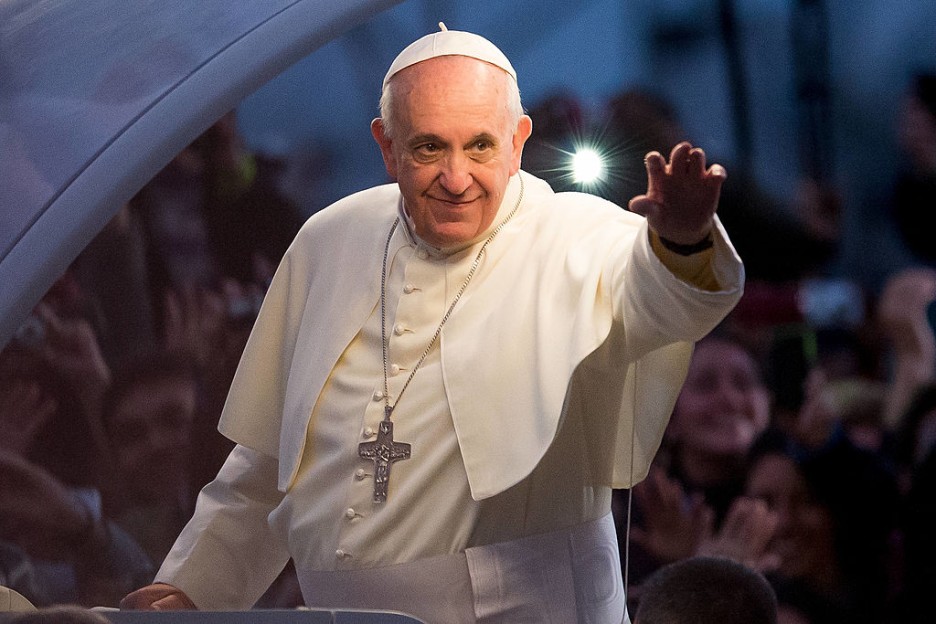
Table of Contents
A Brief History of Papal Elections
The method of choosing a Pope has undergone a dramatic transformation throughout history. Early Church practices involved a more decentralized approach, with clergy and even the laity participating in the election. However, this system gradually became vulnerable to external pressures, particularly from powerful emperors and secular rulers who often exerted considerable influence over the selection process. The rise of imperial influence led to periods of corruption and conflict, highlighting the need for a more structured and impartial system.
The introduction of The Conclave, though its origins are debated, marks a turning point in the history of papal elections. While its exact inception is unclear, it gradually solidified as the primary method for electing the successor to St. Peter. Initially, the Conclave's structure was less formalized than its modern counterpart. Key reforms, most notably those enacted in 1274 by Pope Gregory X following a prolonged vacancy, significantly strengthened the Conclave's rules and procedures, aiming to prevent undue external influence and ensure a timely election.
- Early Church practices: Election by clergy and laity, often influenced by popular opinion.
- The rise of imperial influence: Emperors and secular rulers actively intervened in papal elections.
- The introduction of The Conclave: A gradual evolution towards a more secluded and structured process.
- Key reforms (1274 onwards): Establishment of stricter rules, limitations on the duration of the Conclave, and increased emphasis on secrecy.
The Modern Conclave: Key Participants and Rules
The modern Conclave is a highly regulated process involving a specific group of electors: the College of Cardinals. Eligibility for Cardinal electors is strictly defined. They must be under 80 years of age at the time of the Pope's death and are chosen from around the world, representing the diverse global reach of the Catholic Church. The process begins with the sede vacante period – the time between the death or resignation of a Pope and the election of his successor. During this interim, the Camerlengo, or Chamberlain, acts as the head of the Church's administration.
Before the Conclave commences, rigorous preparations take place. The Sistine Chapel, the traditional venue for the Conclave, undergoes a thorough cleaning and security measures are implemented to ensure the utmost secrecy and prevent any external interference. Modern technology plays a crucial role in communication, though access remains strictly controlled.
- Cardinal electors: Must be under 80 years old, representing various nationalities within the Catholic Church.
- The role of the Camerlengo (Chamberlain): Manages the Church's affairs during the sede vacante.
- Preparation of the Sistine Chapel: Thorough cleaning, security checks, and installation of communication systems.
- Security and communication protocols: Strict controls to maintain secrecy and prevent external influence.
The Process of Papal Election: Steps and Procedures
The Conclave begins with a solemn opening Mass, followed by the Cardinal electors taking an oath of secrecy. This oath underscores the importance of confidentiality throughout the entire process. The voting process involves secret ballots, with each Cardinal writing the name of their chosen candidate. These ballots are then counted, and the scrutinies continue until a candidate receives a two-thirds majority.
The world watches anxiously for the "fumata," the smoke signal emerging from the Sistine Chapel chimney. Black smoke signifies that no Pope has been elected, while white smoke announces the selection of a new pontiff. Once a Pope is elected, the Cardinal Protodeacon (the senior Cardinal Deacon) publicly proclaims "Habemus Papam!" ("We have a Pope!") to the world.
- The opening Mass and the oath of secrecy: A formal beginning emphasizing the confidential nature of the proceedings.
- The voting procedure (ballots, scrutinies): Secret ballots are counted until a two-thirds majority is achieved.
- The "fumata" (smoke signals): Black smoke indicates no election, white smoke announces the new Pope.
- The announcement of the new Pope ("Habemus Papam!"): A momentous declaration marking the conclusion of the Conclave.
Secrecy and the Symbolism of the Conclave
Secrecy forms the bedrock of The Conclave. It ensures that the election remains free from external pressure, allowing the Cardinals to deliberate and vote according to their conscience, uninfluenced by political considerations or public opinion. The very act of seclusion within the Sistine Chapel, a space rich in historical and religious significance, contributes to the symbolism surrounding the Conclave. It represents the Church's focus on prayer, reflection, and the discernment necessary for choosing its spiritual leader.
The Sistine Chapel itself holds deep symbolic weight. Famous for Michelangelo's breathtaking frescoes depicting scenes from the Book of Genesis, it serves as a powerful backdrop to the momentous decision-making process. The Conclave, therefore, becomes a microcosm of the Church itself—a space for prayer, reflection, and ultimately, the selection of a shepherd for the global flock.
- The significance of secrecy: Maintaining impartiality and preventing external influence.
- The symbolism of The Conclave: A microcosm of the Church, representing prayer, reflection, and discernment.
- The historical and religious significance of the Sistine Chapel: A space steeped in art, history, and religious meaning.
- The role of prayer and reflection: Essential elements in guiding the Cardinals' decisions.
Conclusion
The Conclave, a centuries-old process, represents a pivotal moment in the history of the Catholic Church. From its humble beginnings to its highly regulated modern form, it has evolved to ensure the impartial and prayerful selection of a new Pope. Understanding the history and procedures surrounding The Conclave illuminates the complex interplay of tradition, ritual, and global significance that shapes the future leadership of the Catholic Church. To further explore this fascinating process, delve deeper into the history of Papal elections, research the role of the College of Cardinals, or investigate the rich symbolism of the Sistine Chapel Conclave. Understanding The Conclave provides a window into the heart of the Catholic faith and its enduring legacy.

Featured Posts
-
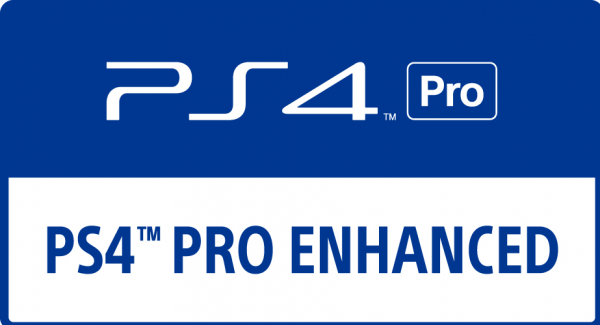 Unleashing The Power Ps 5 Pro Enhanced Exclusive Games
May 07, 2025
Unleashing The Power Ps 5 Pro Enhanced Exclusive Games
May 07, 2025 -
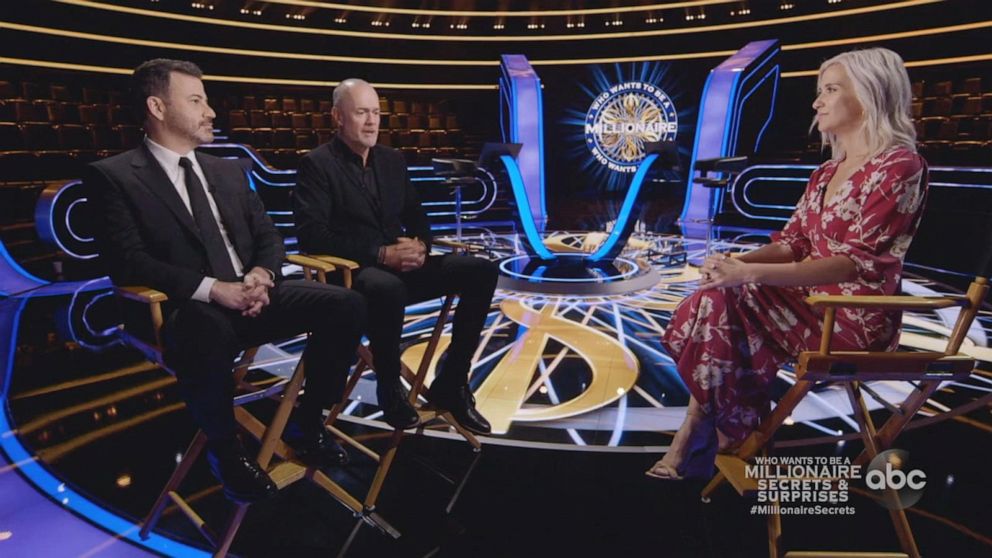 Who Wants To Be A Millionaire Celebrity Special Behind The Scenes Of The Thrilling Show
May 07, 2025
Who Wants To Be A Millionaire Celebrity Special Behind The Scenes Of The Thrilling Show
May 07, 2025 -
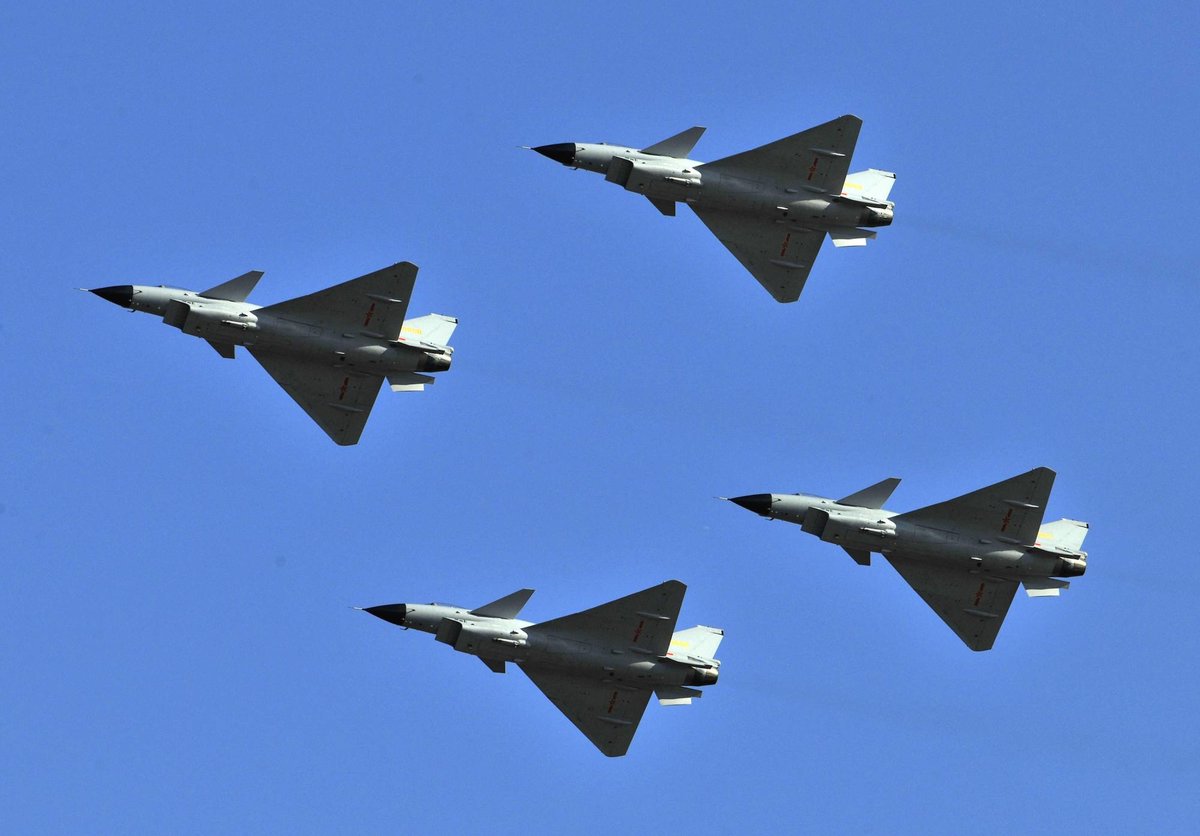 Atfaqyt Laram Walkhtwt Aljwyt Alsynyt Aljnwbyt Lrbt Ifryqya Walsyn Jwa
May 07, 2025
Atfaqyt Laram Walkhtwt Aljwyt Alsynyt Aljnwbyt Lrbt Ifryqya Walsyn Jwa
May 07, 2025 -
 Cavaliers Mitchell And Mobley Dominate Knicks In 142 105 Rout
May 07, 2025
Cavaliers Mitchell And Mobley Dominate Knicks In 142 105 Rout
May 07, 2025 -
 Chat Gpt And Open Ai Facing An Ftc Investigation
May 07, 2025
Chat Gpt And Open Ai Facing An Ftc Investigation
May 07, 2025
Latest Posts
-
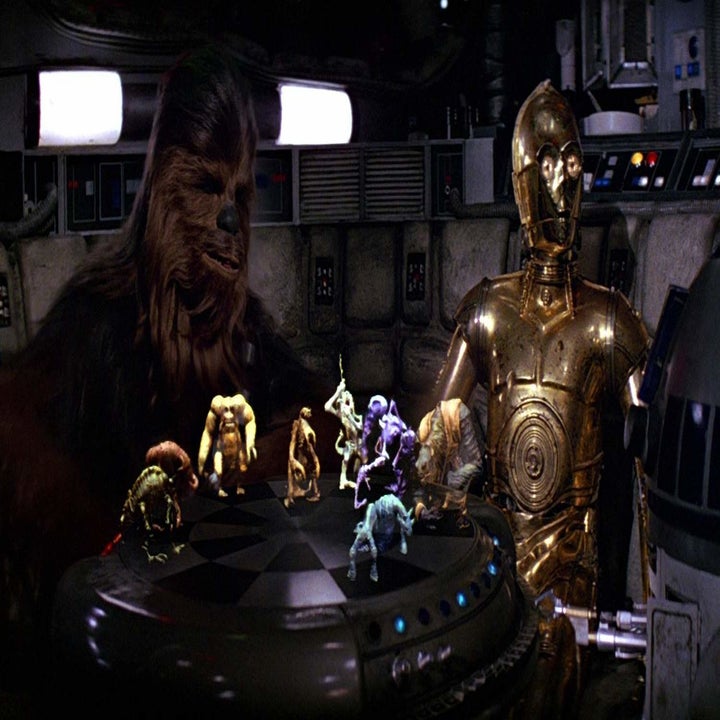 Rogue One Stars Unexpected Opinion On A Fan Favorite Character
May 08, 2025
Rogue One Stars Unexpected Opinion On A Fan Favorite Character
May 08, 2025 -
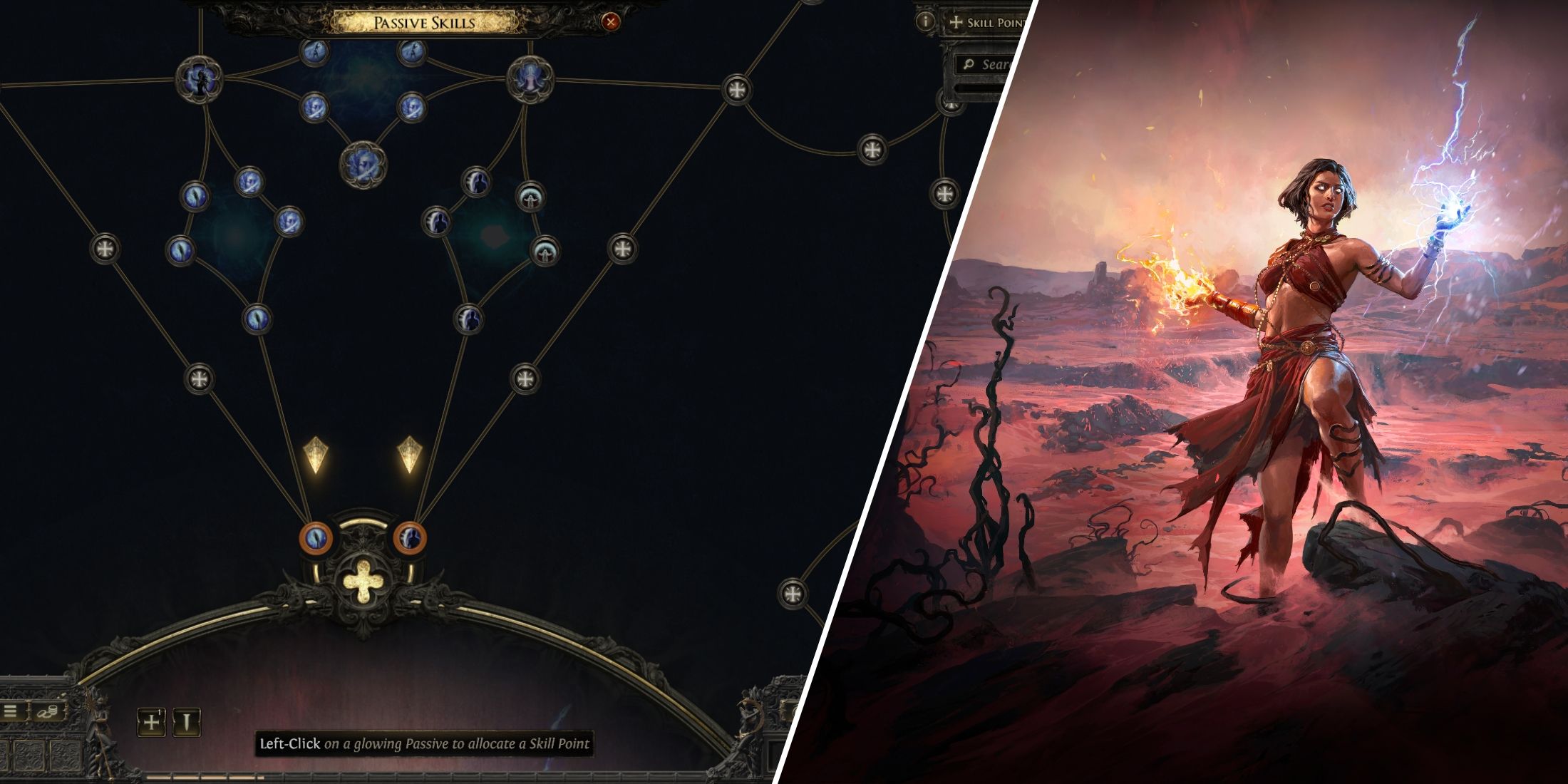 Exploring The Rogue Exiles Of Path Of Exile 2
May 08, 2025
Exploring The Rogue Exiles Of Path Of Exile 2
May 08, 2025 -
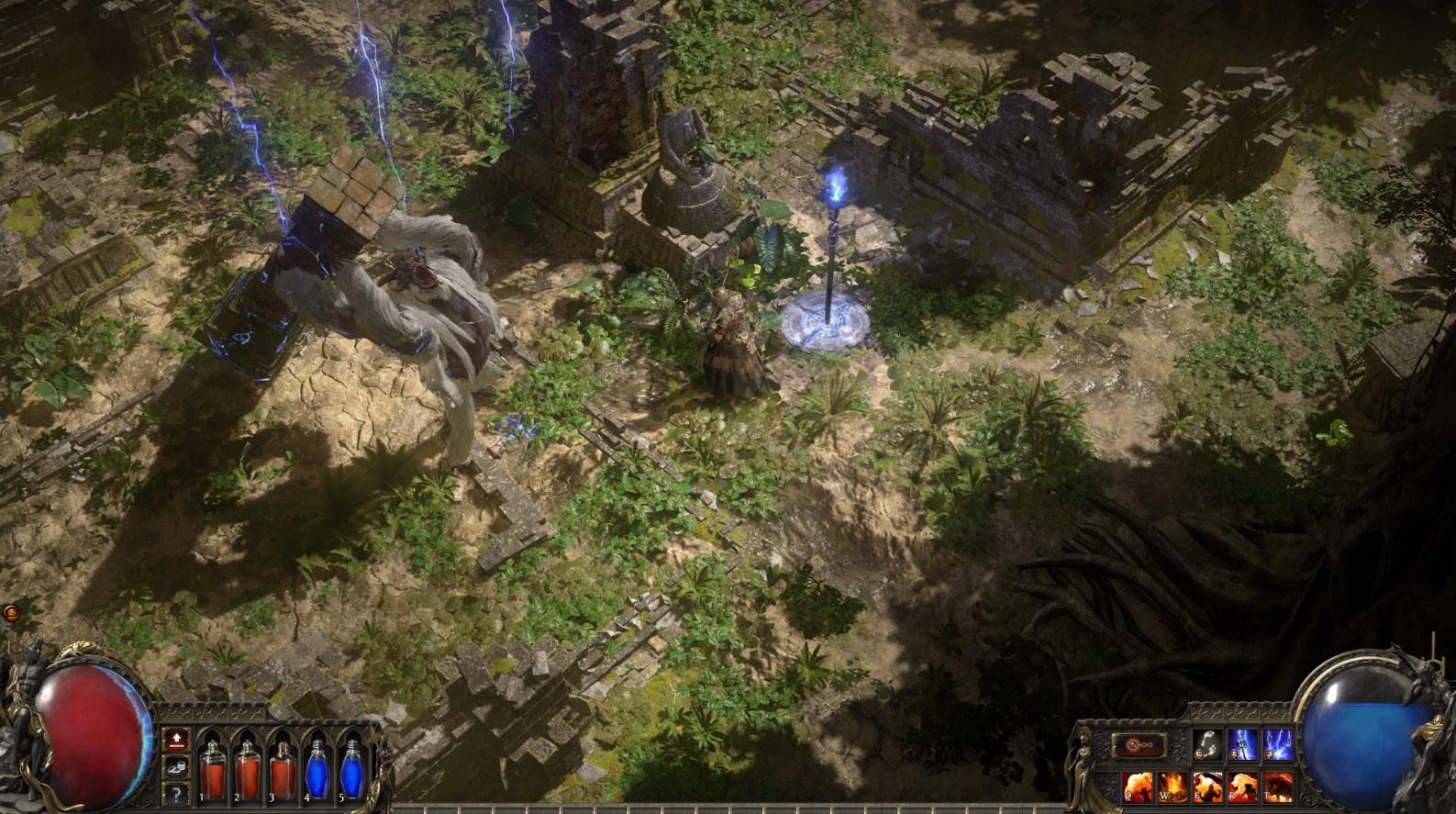 Path Of Exile 2 Everything You Need To Know About Rogue Exiles
May 08, 2025
Path Of Exile 2 Everything You Need To Know About Rogue Exiles
May 08, 2025 -
 Rogue 2 Preview Ka Zars Fight For Survival In The Savage Land
May 08, 2025
Rogue 2 Preview Ka Zars Fight For Survival In The Savage Land
May 08, 2025 -
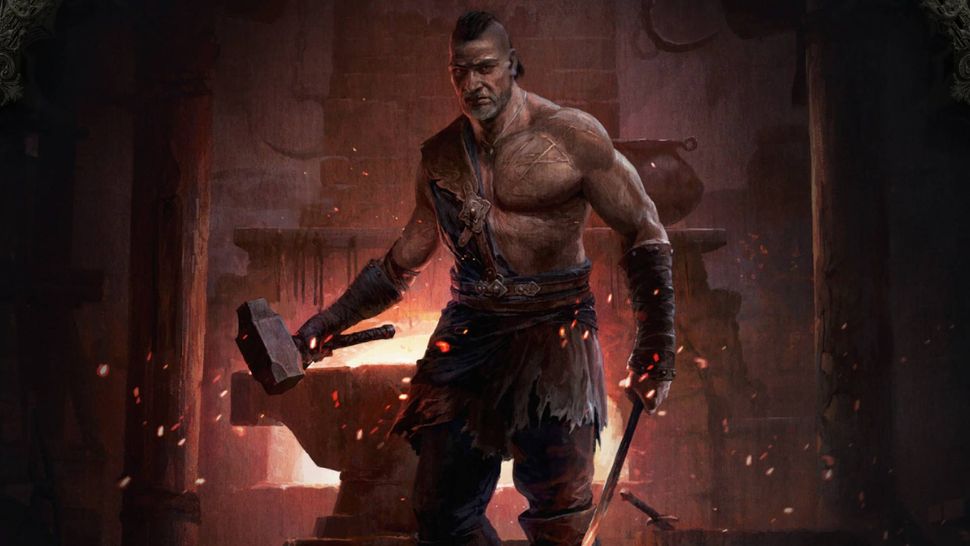 Who Are The Rogue Exiles In Path Of Exile 2
May 08, 2025
Who Are The Rogue Exiles In Path Of Exile 2
May 08, 2025
